|
|
|
|
|
Photo Gallery for Cicindela ancocisconensis - Appalachian Tiger Beetle
|
 | Recorded by: Ron Storey
Surry Co.
Comment: | 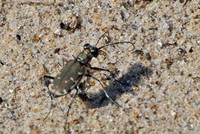 | Recorded by: Ron Storey
Surry Co.
Comment: |
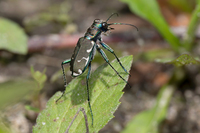 | Recorded by: Mark Shields
Caldwell Co.
Comment: |  | Recorded by: Max Ramey
Watauga Co.
Comment: |
 | Recorded by: Max Ramey
Watauga Co.
Comment: | 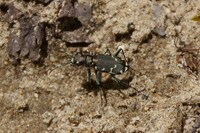 | Recorded by: Maxwell Ramey
Caldwell Co.
Comment: |
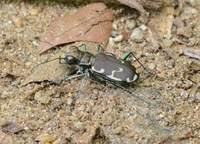 | Recorded by: Giff Beaton
Haywood Co.
Comment: | 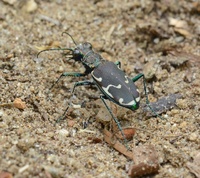 | Recorded by: Giff Beaton
Haywood Co.
Comment: |
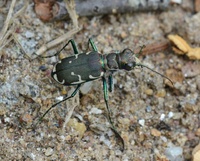 | Recorded by: Giff Beaton
Haywood Co.
Comment: |

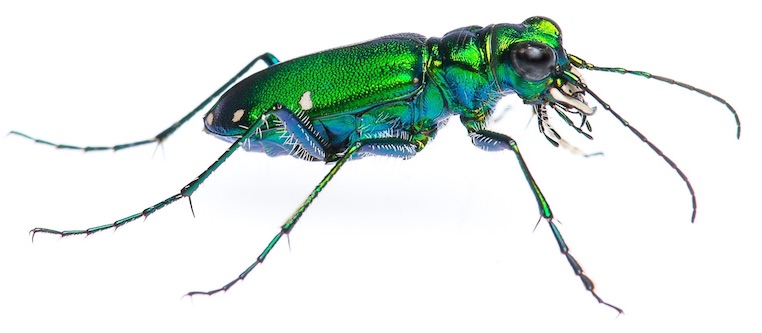 »
»
 »
»